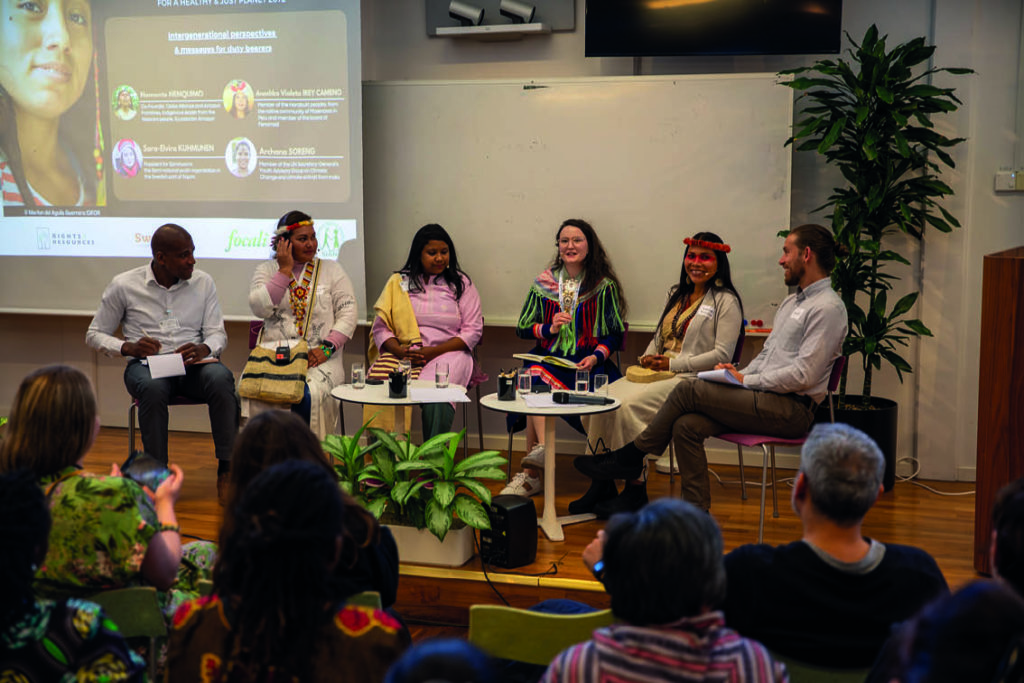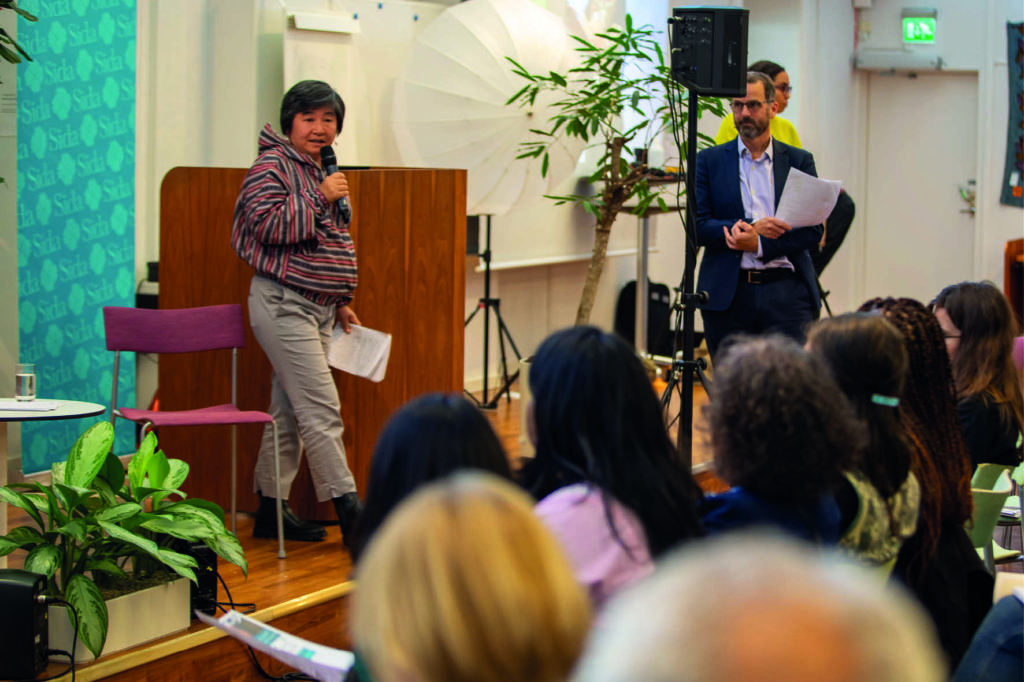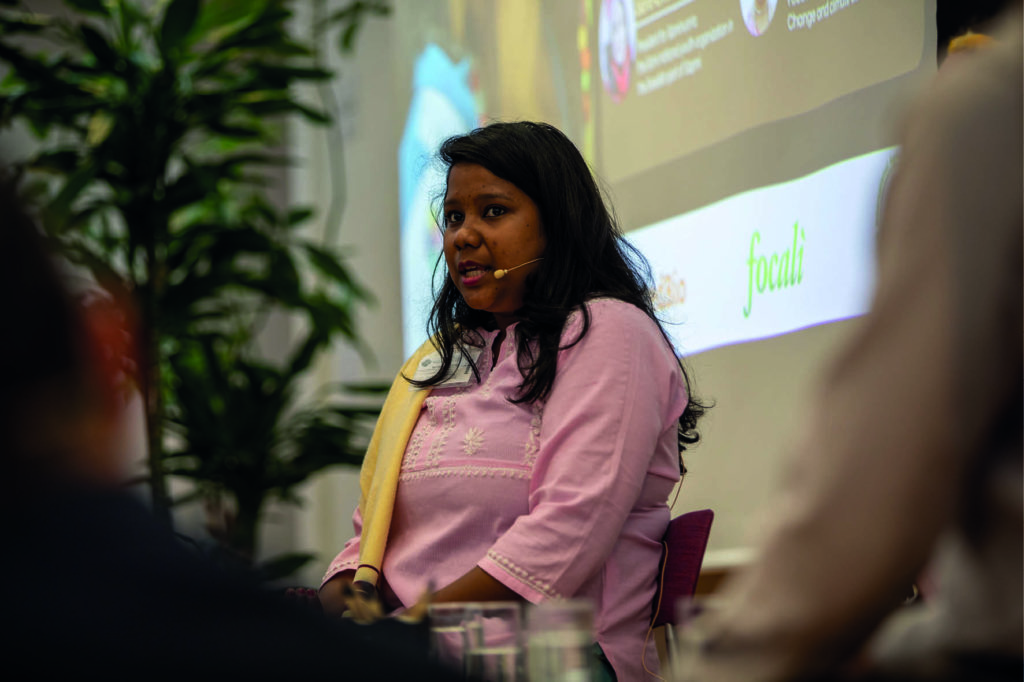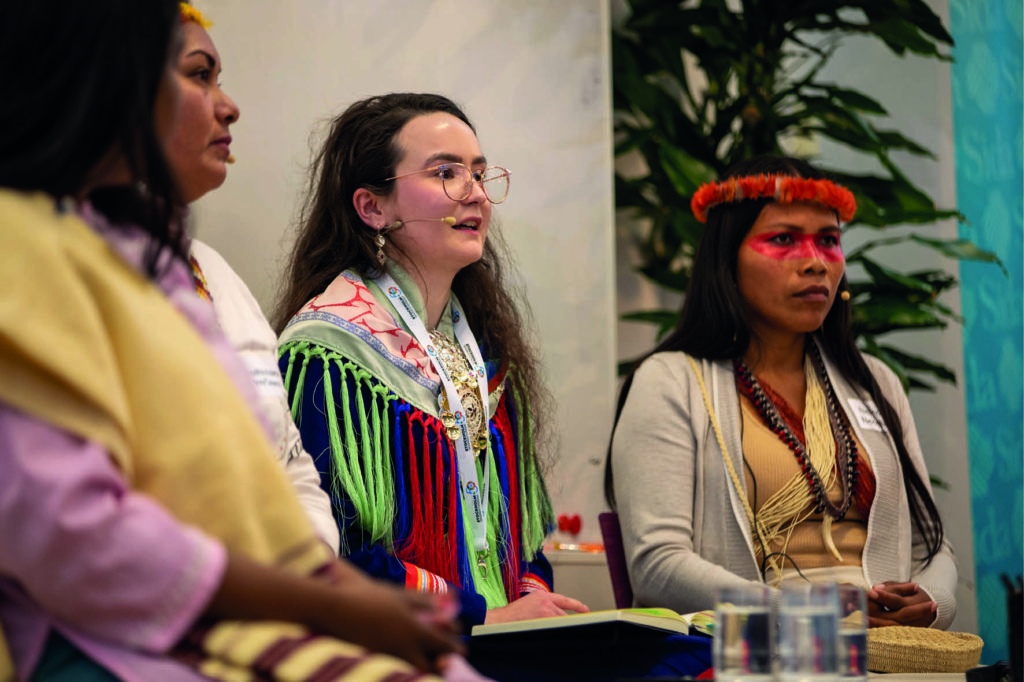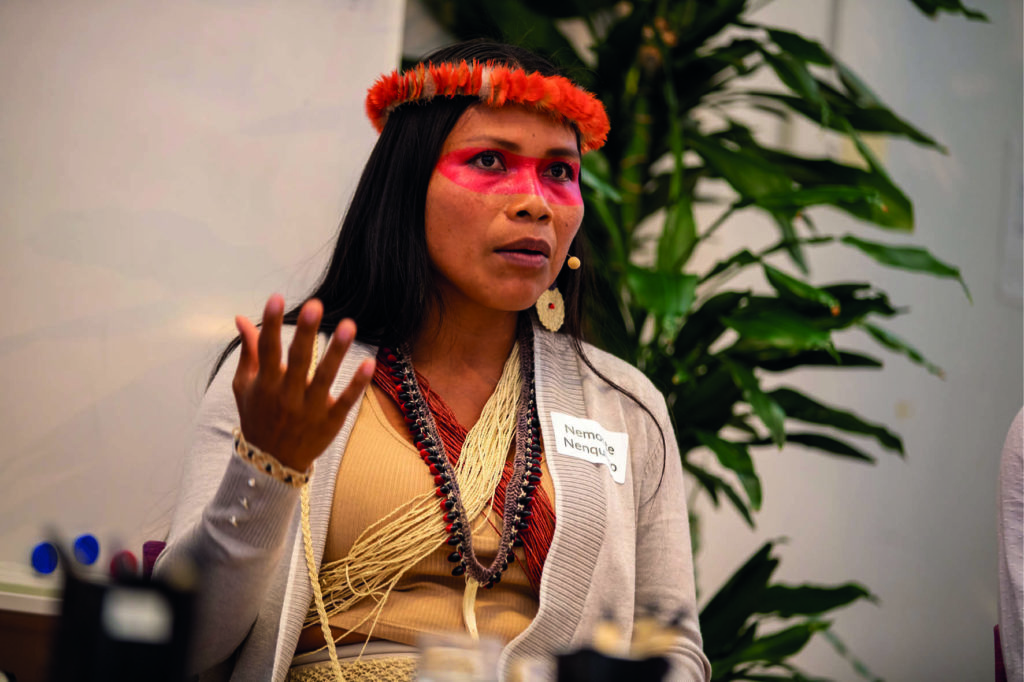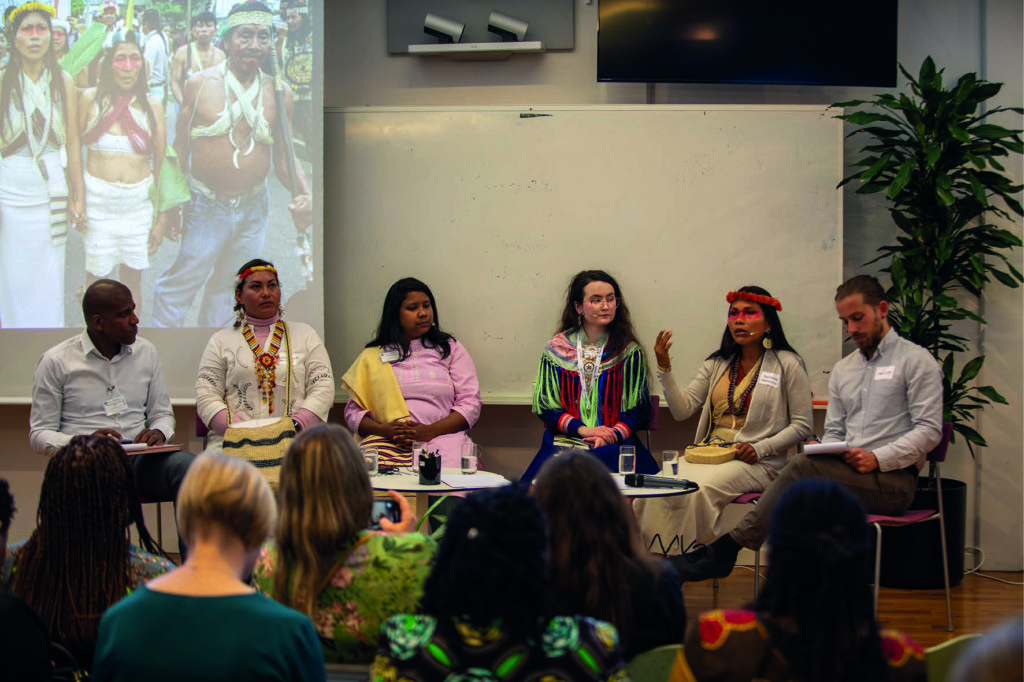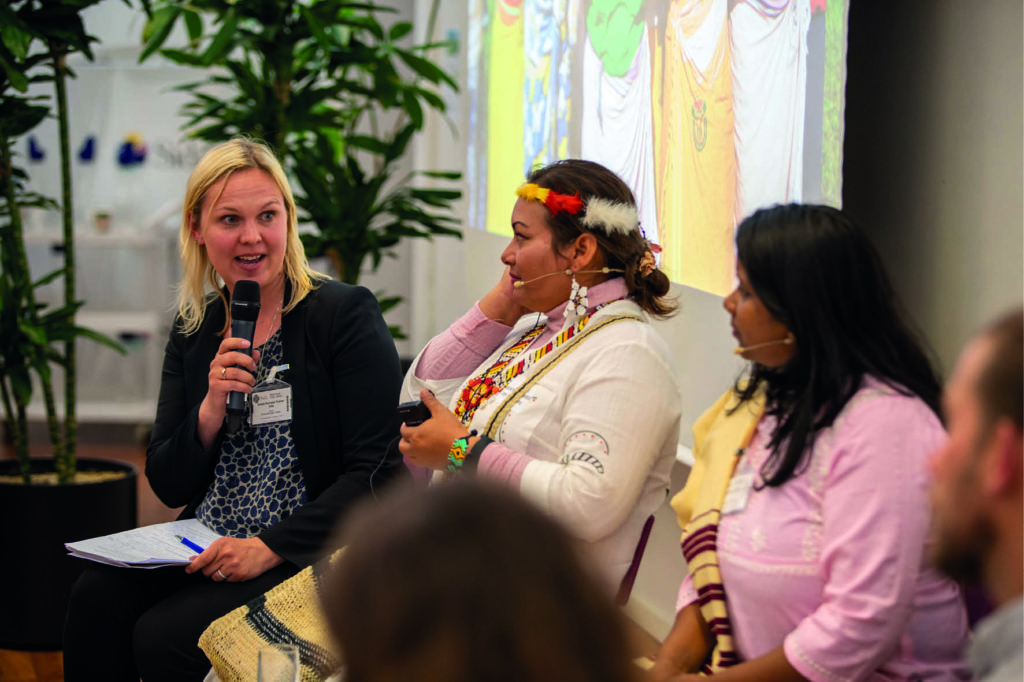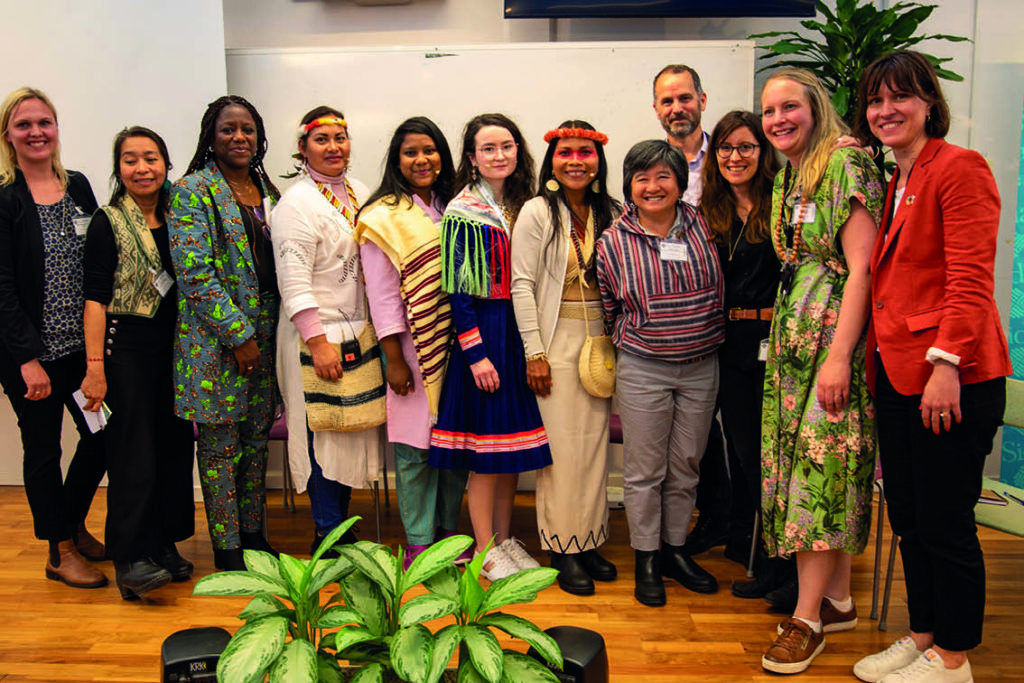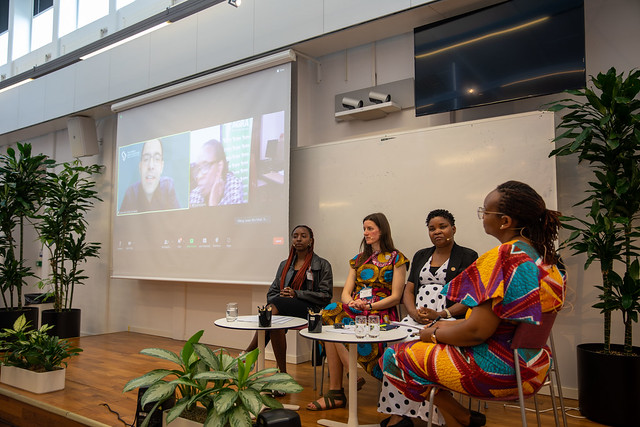On a global level, living in harmony with nature is gaining traction – be it as part of the principles within the 2030 Agenda for sustainable development or as the vision of global policy processes like the Convention on Biological Diversity. Yet, there is still a long way to go and hundreds of speakers at Stockholm+50 have called for real commitment to action. The planetary climate, biodiversity, and inequality crisis is underpinned by global political economic architecture that is built on exploitation, the privatization of gains, and the socialization of all the unsustainable costs and impacts that the system generates. On a local level Indigenous Peoples and local communities (IPLCs) have long established sustainable land use practices, and are widely considered as stewards of nature contributing to a healthy and just planet.
This Stockholm+50 associated event aimed to highlight the role and importance of Indigenous peoples and local communities in safeguarding the world’s forests, ecosystems, and biodiversity. The event was one of three collaborative events held on June 1st at Sida ahead of Stockholm+50, co-arranged by Sida, The Tenure Facility, SwedBio, The Rights and Resource Initiative, and the Focali – SIANI Dialogue Forum.
The event was opened by Joan Carling, Global Director of The Indigenous Peoples Rights International and Solange Bandiaky-Badji, Coordinator and President of the Rights and Resources Initiative, highlighting the importance of rights, recognition and access to justice for IPLC’s in their role as stewards of nature.
It was emphasized that a Human Rights-Based Approach has the potential not only to safeguard environmental and human right defenders on the frontlines but also the ecosystems, forests, and biodiversity they protect. This shows that nature protection and Human Rights are not mutually exclusive but are, in reality, inherently intertwined.
